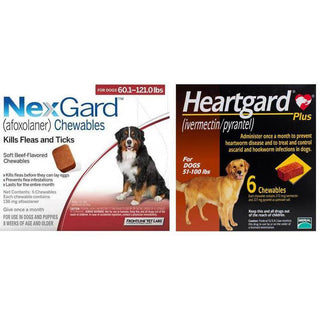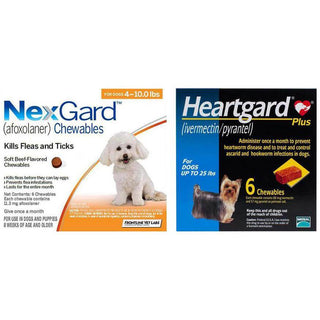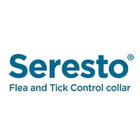
Introduction
Taking your cat on a summer road trip can be a fun and bonding experience. However, not all cats enjoy car rides — many can suffer from motion sickness, leading to drooling, vomiting, restlessness, or excessive meowing. Motion sickness can make traveling stressful for both you and your feline companion. Thankfully, with proper preparation, you can help your cat feel more at ease and reduce the risk of motion sickness during car travel.
This guide offers simple, effective, and vet-recommended strategies to prevent motion sickness in cats, especially during warm summer road trips.
What Causes Motion Sickness in Cats?
Motion sickness in cats is usually caused by the brain receiving conflicting signals from the inner eyes, ears, and body. These mixed signals can confuse the brain and trigger symptoms such as:
- Drooling
- Vomiting
- Lethargy
- Whining or meowing
- Panting or heavy breathing
- Restlessness
- Excessive grooming
Some cats, especially kittens and young adults, are more prone to car sickness due to an underdeveloped sense of balance. In other cases, it may stem from anxiety, especially if your cat has had negative travel experiences in the past.
How to Prepare for a Road Trip with Your Cat
1. Help Your Cat Feel at Ease in the Travel Carrier
A secure, well-ventilated carrier is essential for safe travel. To prevent anxiety-induced motion sickness:
- Leave the carrier open at home days before your trip.
- Place your cat’s favorite blanket or toy inside.
- Let your cat go in and out freely to create positive associations.
- Reward your cat with treats when they enter the carrier willingly.
2. Choose the Right Time to Travel
During the summer, the heat can add to your cat’s discomfort. Aim to schedule your trip during the cooler times of day, such as early morning or late evening, to help keep your cat comfortable. This helps reduce heat-related stress and nausea.
3. Avoid Feeding Right Before the Trip
Feed your cat at least 3–4 hours before departure. Having a full stomach can make your cat more likely to vomit during travel. For longer trips, bring a small amount of dry food and fresh water, but avoid overfeeding during the ride.
Tips to Prevent Motion Sickness During the Trip
1. Keep the Car Cool and Ventilated
Heat can worsen motion sickness. Ensure your car is well-ventilated and air-conditioned. Avoid placing the carrier in direct sunlight or near vents blowing hot air.
2. Minimize Movement and Noise
Secure the carrier using a seatbelt to prevent it from moving around. Sudden jolts or continuous swaying can make your cat feel sick. Play soothing music or keep the car quiet to reduce sensory overload.
3. Use Calming Sprays or Pheromones
Calming sprays that mimic natural feline pheromones, such as Feliway, can help reduce stress and promote a relaxed state in your cat. Spray it inside the carrier 15 minutes before placing your cat inside.
4. Make Regular Stops
On longer trips, stop every 1–2 hours to allow fresh air circulation and check on your cat. While cats usually won’t need bathroom breaks like dogs, it’s a good time to give them a little reassurance or offer water.
5. Avoid Opening Windows Near the Cat
While fresh air is important, open windows can bring in unfamiliar scents and sounds that might overwhelm your cat. Stick to using the car’s AC for airflow.
Homeopathic or Veterinary Options
1. Talk to Your Vet
If your cat has experienced motion sickness in the past, it's best to speak with your veterinarian before taking any trips. They may recommend anti-nausea medications or mild sedatives like:
- Cerenia (maropitant citrate): A popular prescription medication for preventing vomiting in cats.
- Dramamine or Benadryl: Sometimes used under veterinary guidance, but dosage must be precise.
- Natural remedies, such as ginger or Bach flower remedies, should be consulted with your vet for safety.
Never give any human medication to your cat without a vet’s approval.
Training Your Cat for Future Trips
Helping your cat adapt to car travel over time is one of the most effective long-term solutions:
- Start with short trips around the block.
- Gradually increase trip length.
- Reward calm behavior with treats or gentle petting.
- Pair travel with positive experiences (like arriving at a fun destination).
Checklist Before You Hit the Road
✅ Vet-approved travel medications (if needed)
✅ Sturdy and comfortable carrier
✅ Feliway or calming spray
✅ Favorite blanket or toy
✅ Portable litter box (for longer trips)
✅ Dry food and water
✅ Paper towels and cleaning wipes (just in case)
✅ Updated ID tag and microchip information
Final Thoughts
Motion sickness in cats is manageable with the proper preparation and care. By creating a stress-free, cool, and comfortable environment, your summer road trip can be an enjoyable experience for both you and your feline friend.
A calm cat means a peaceful journey — and that’s the best kind of travel!






